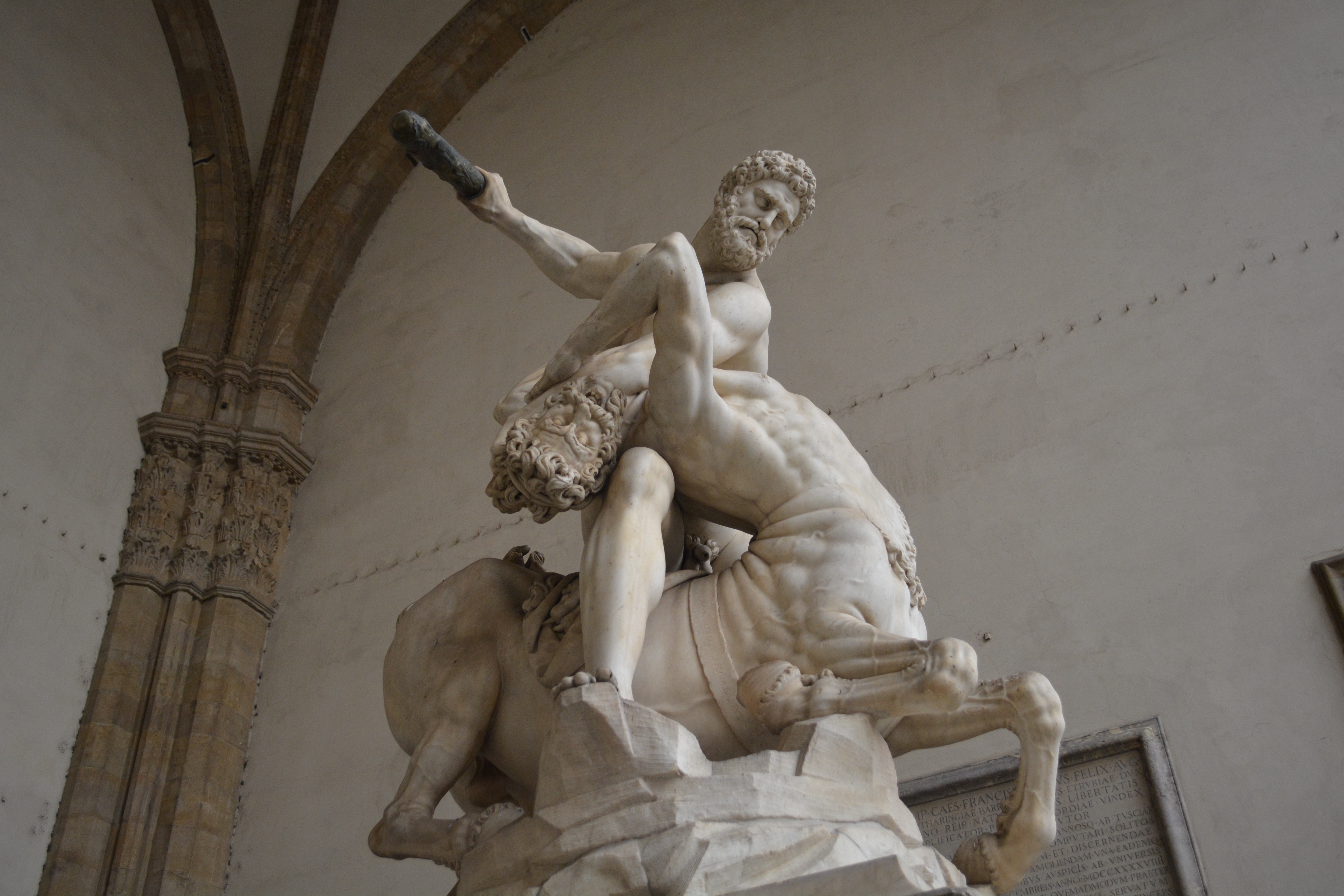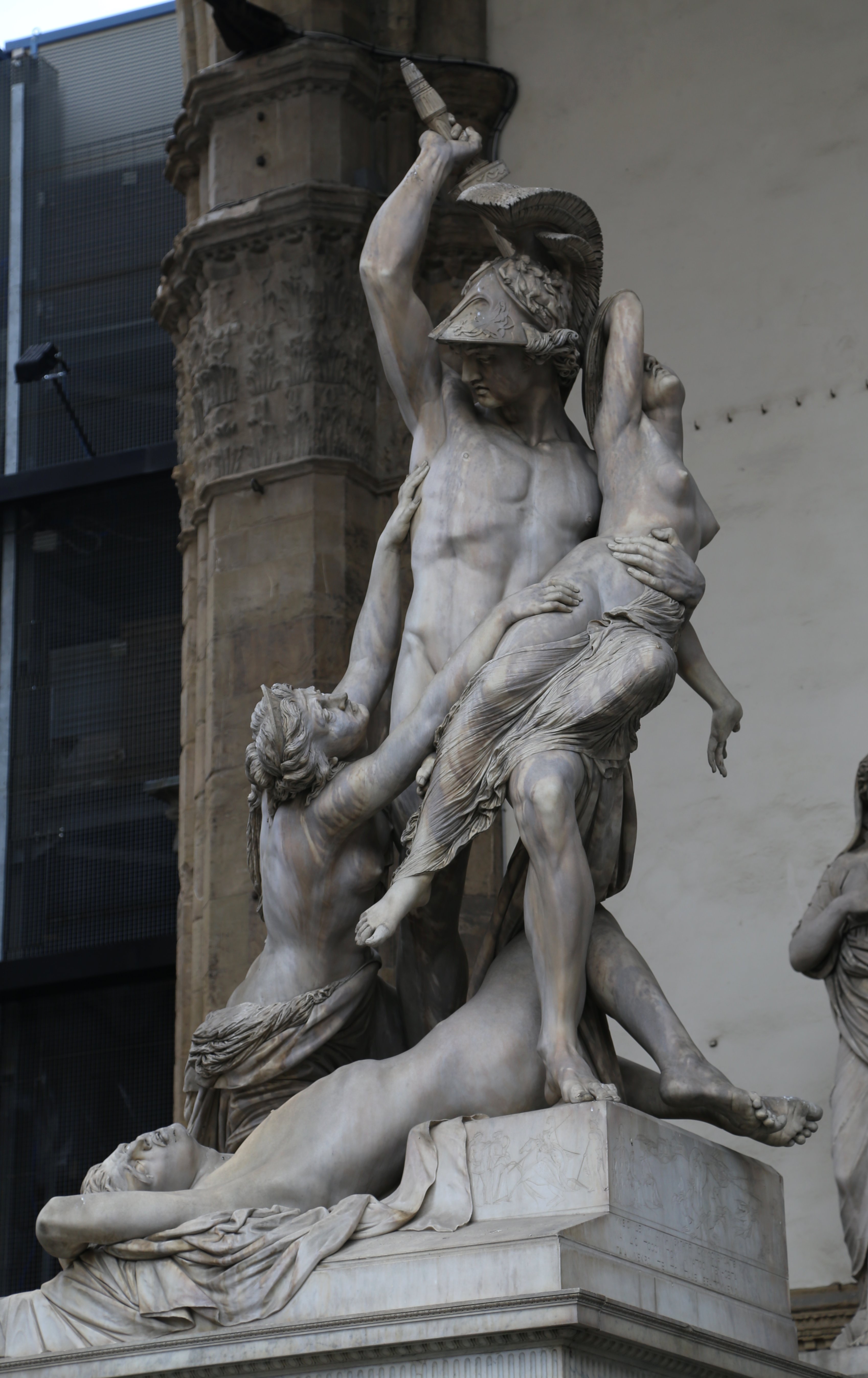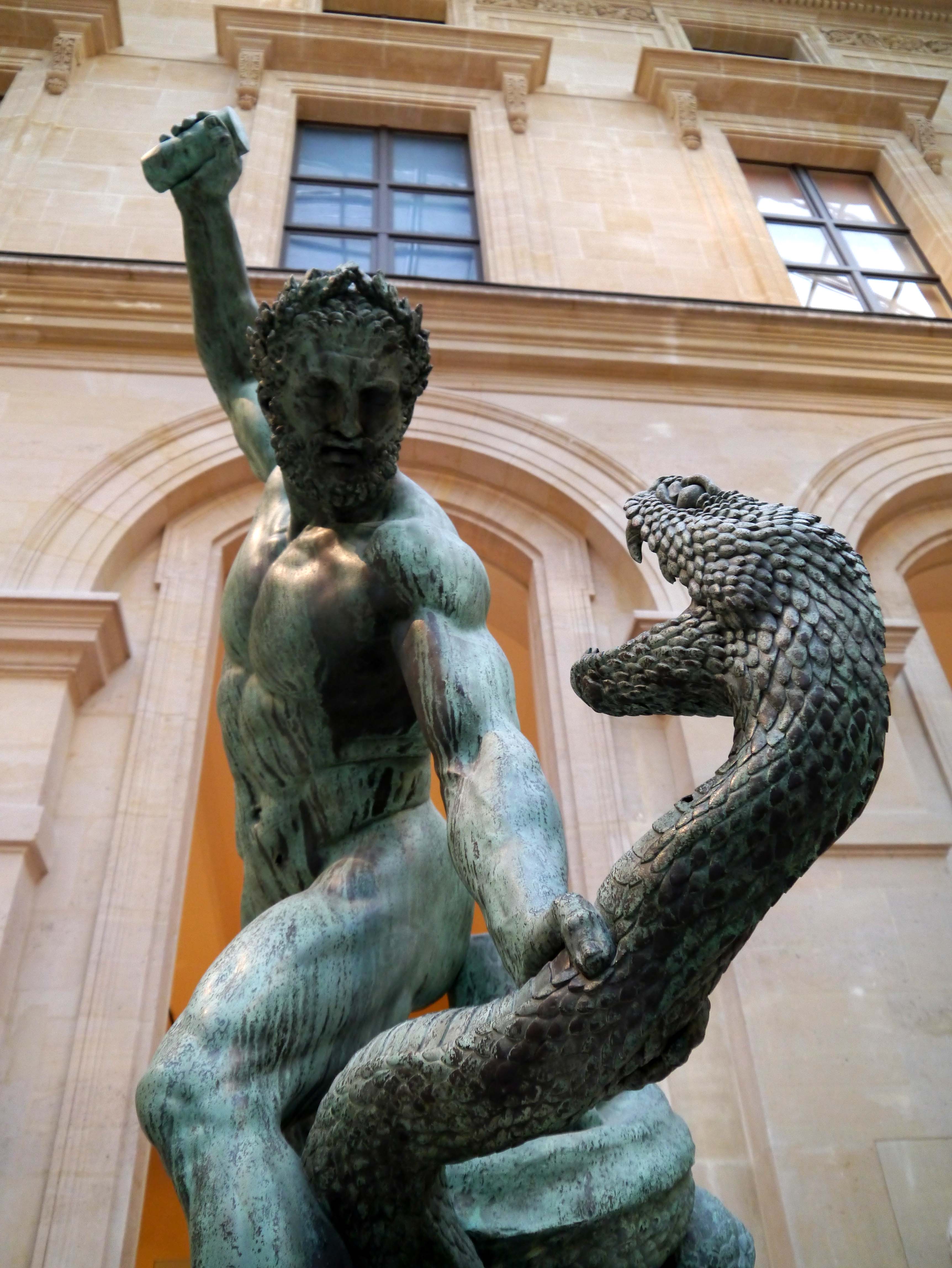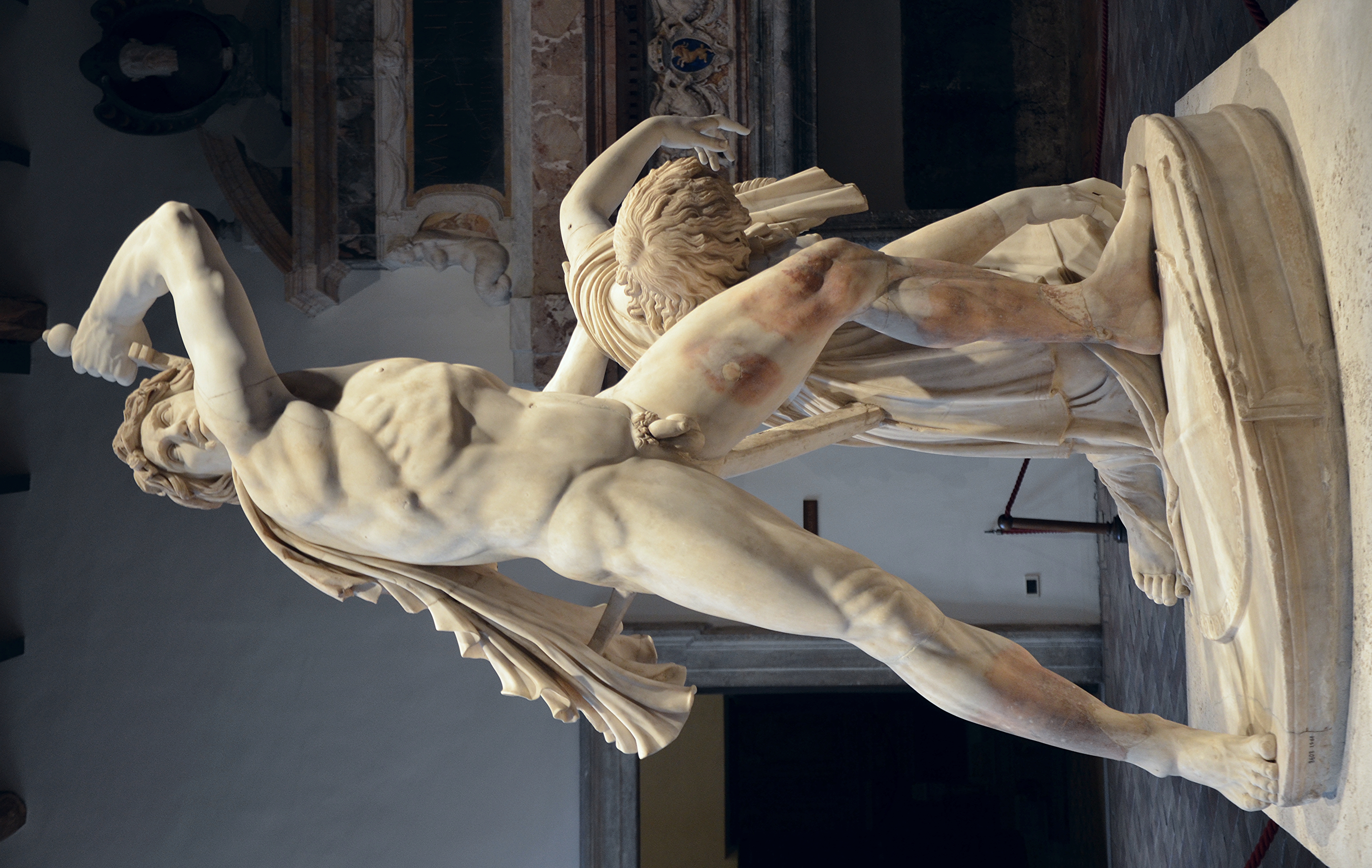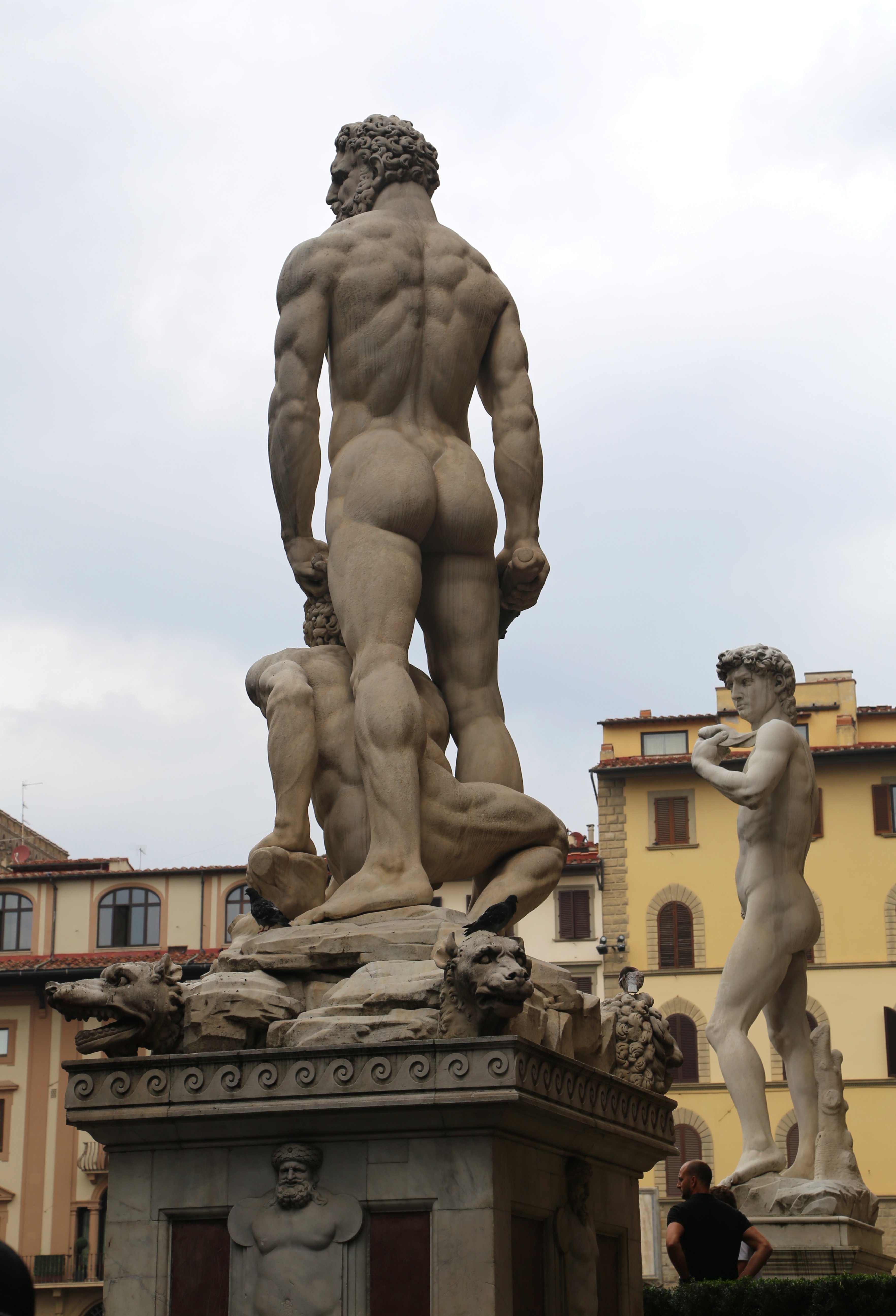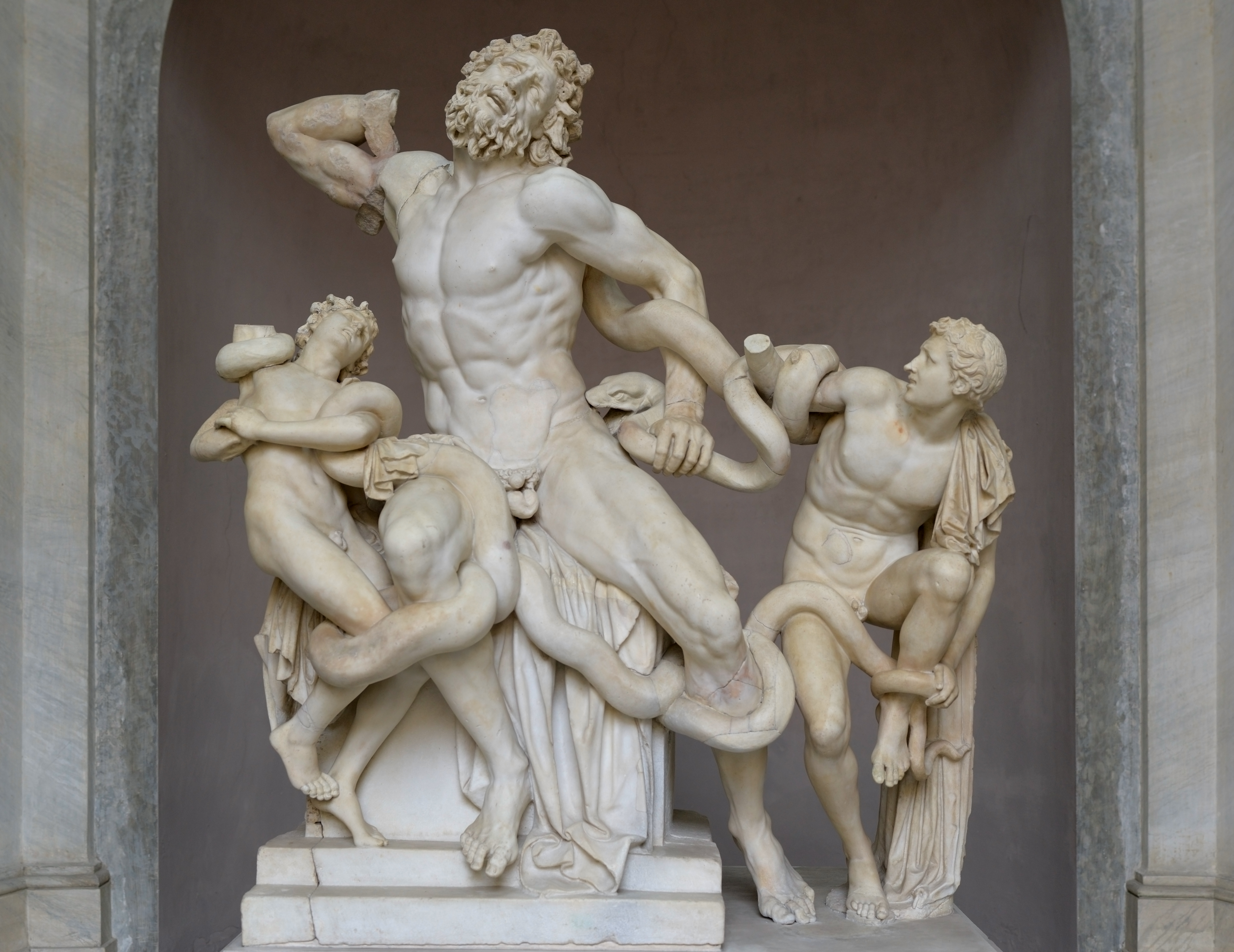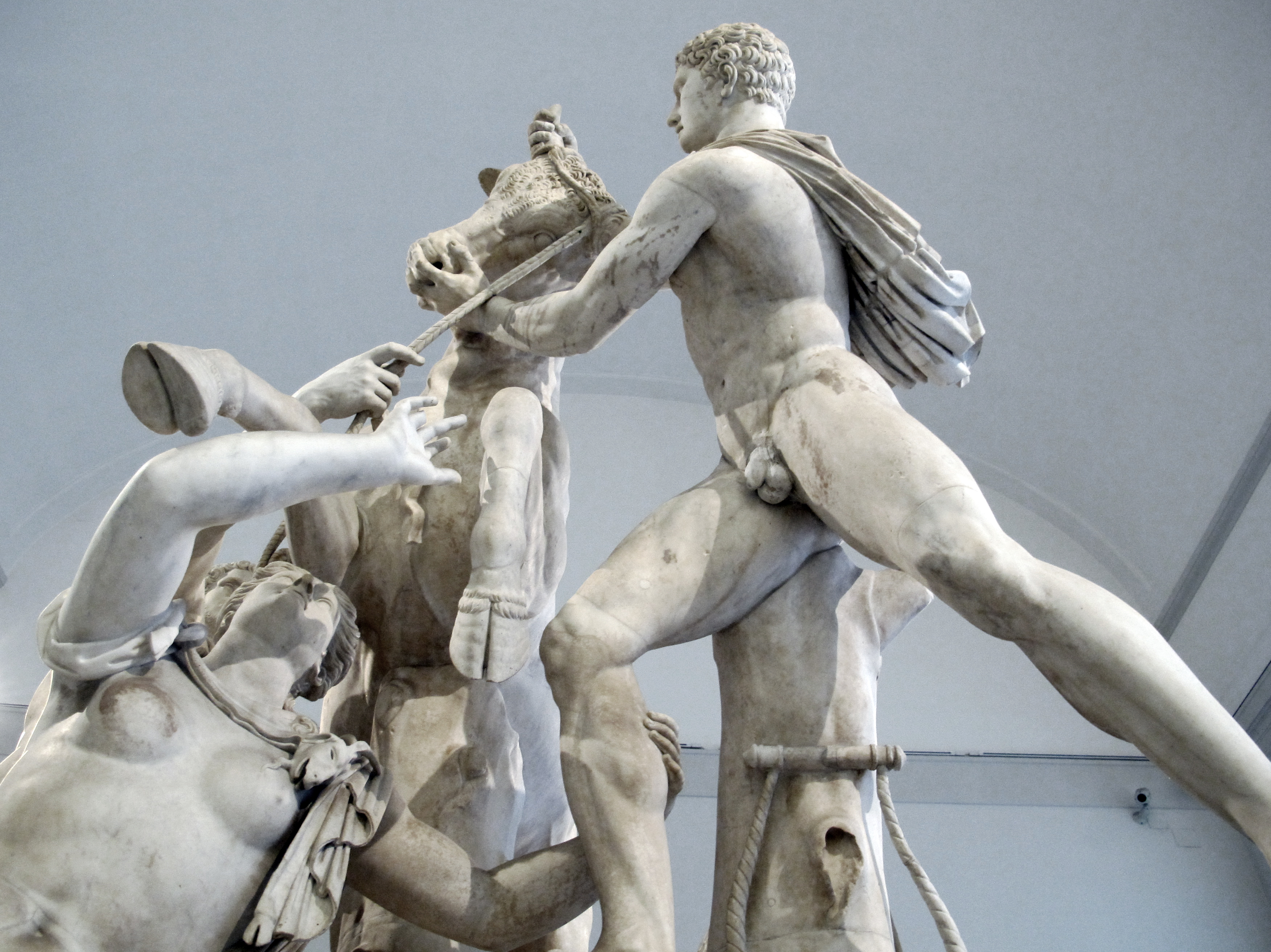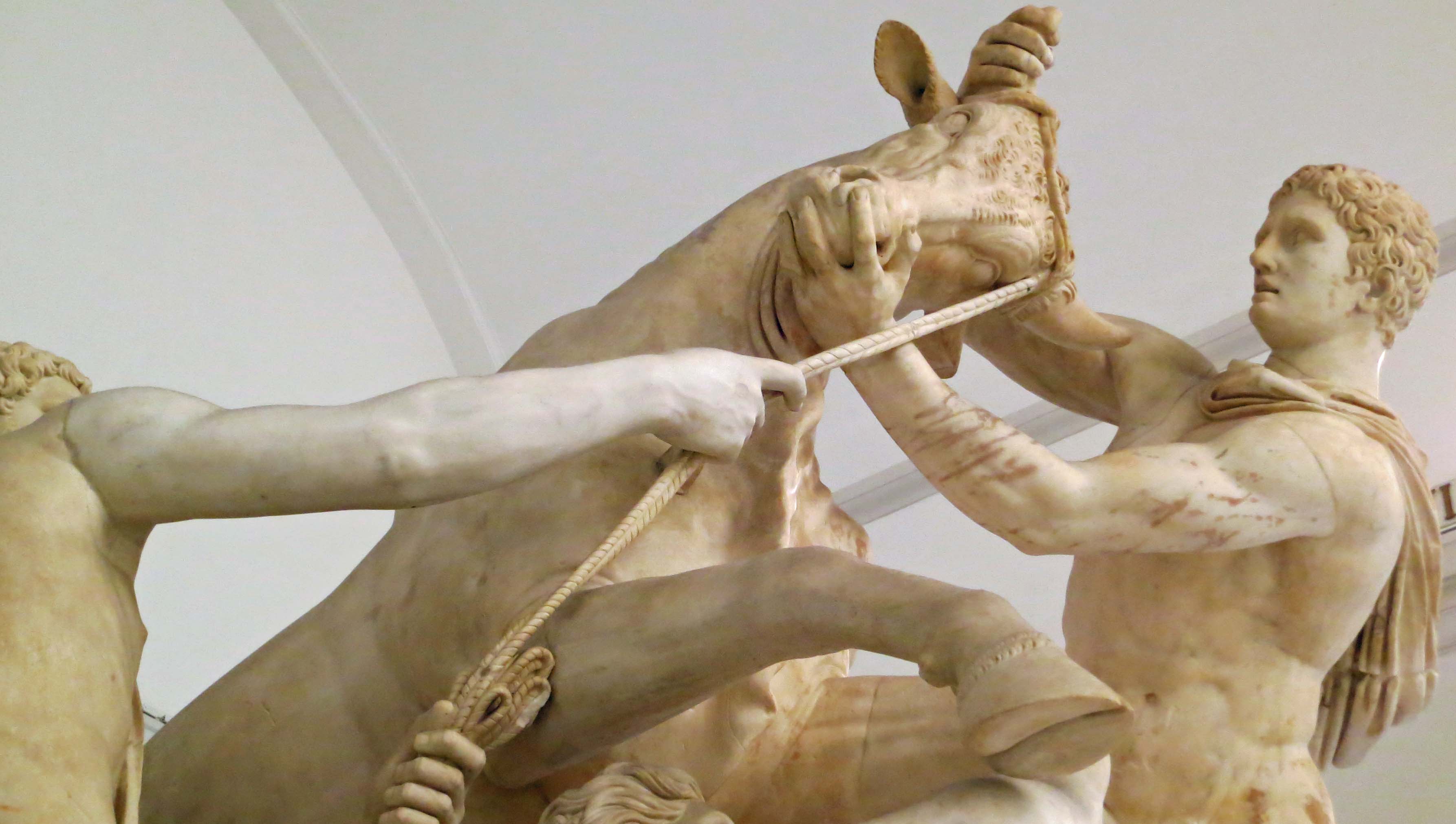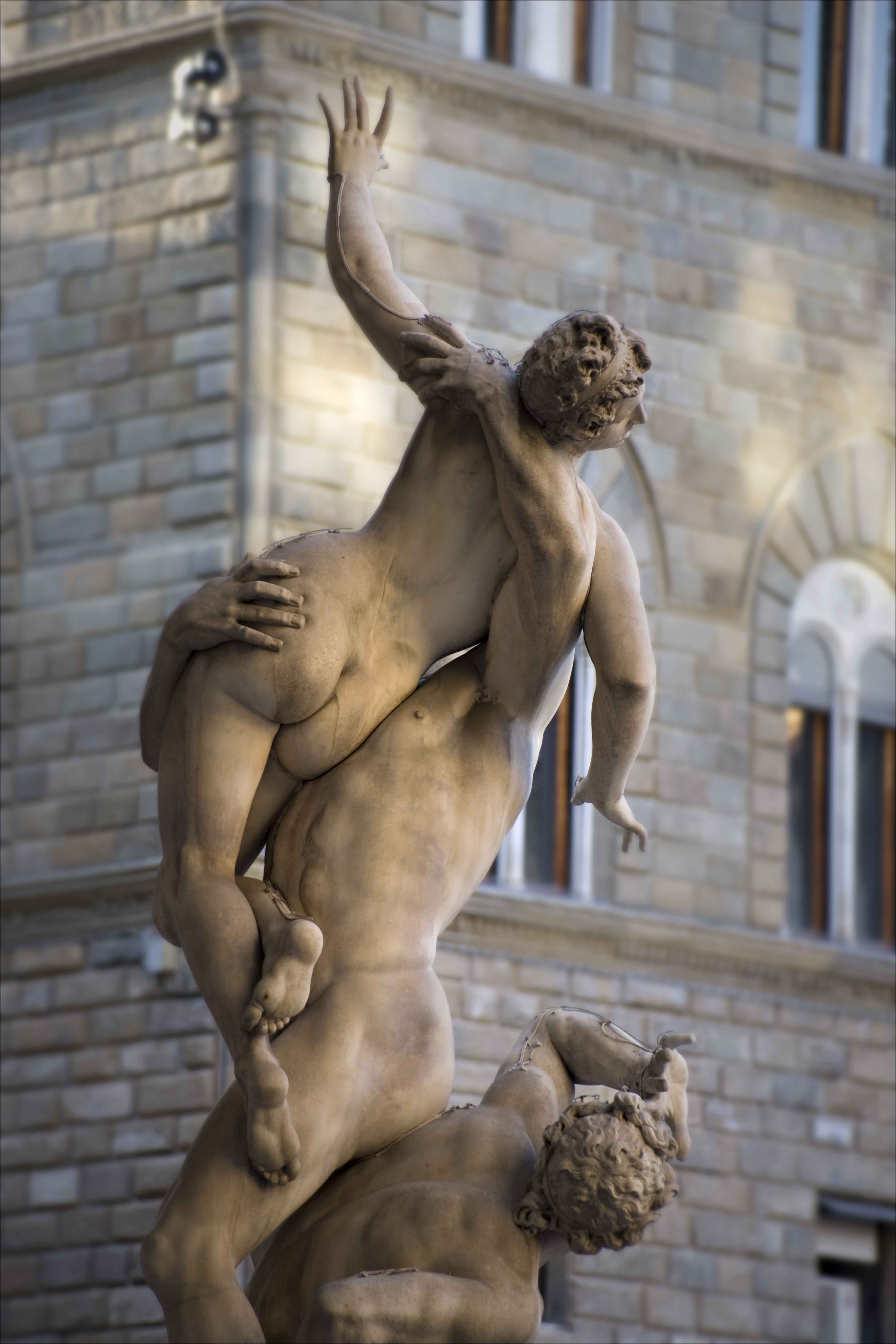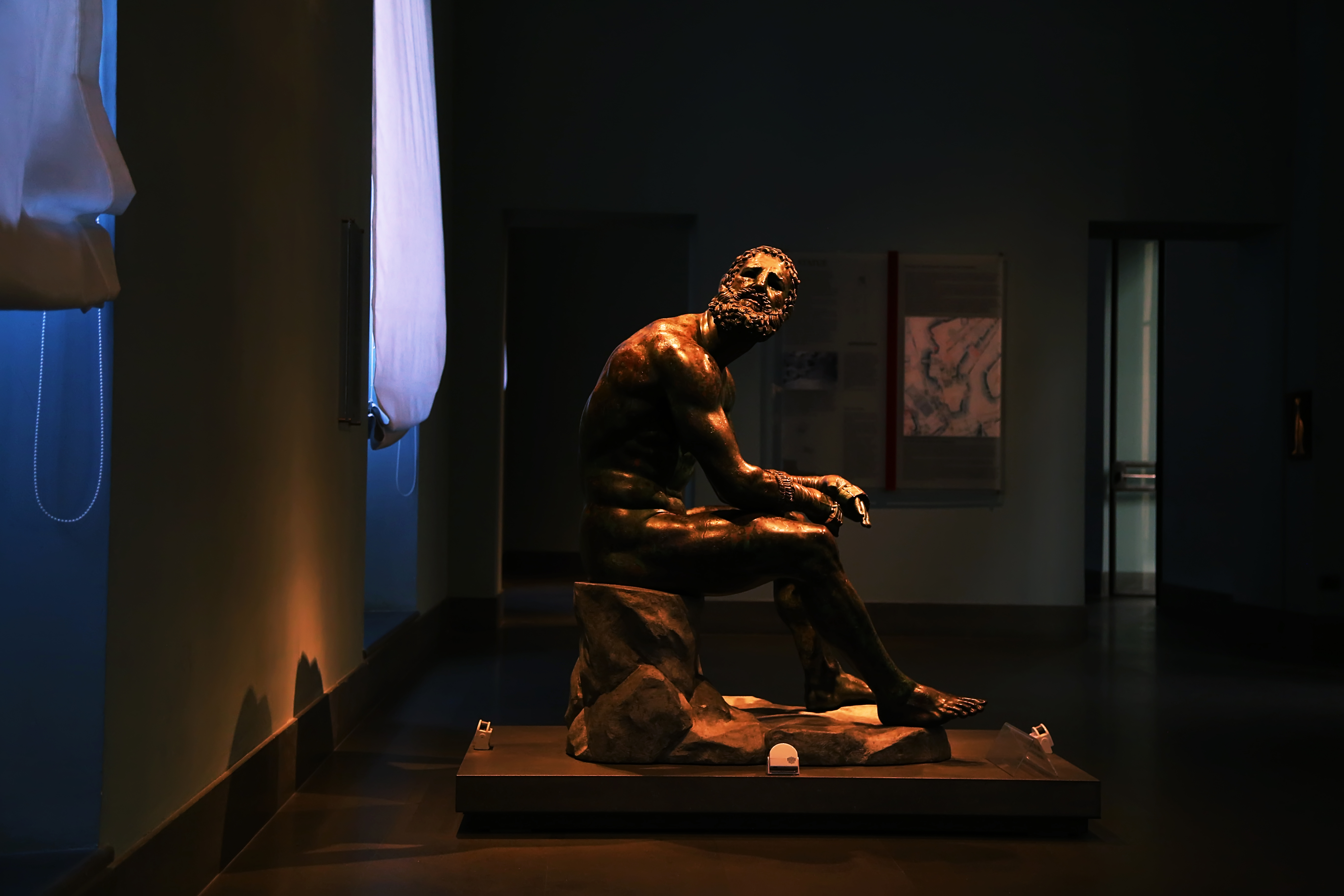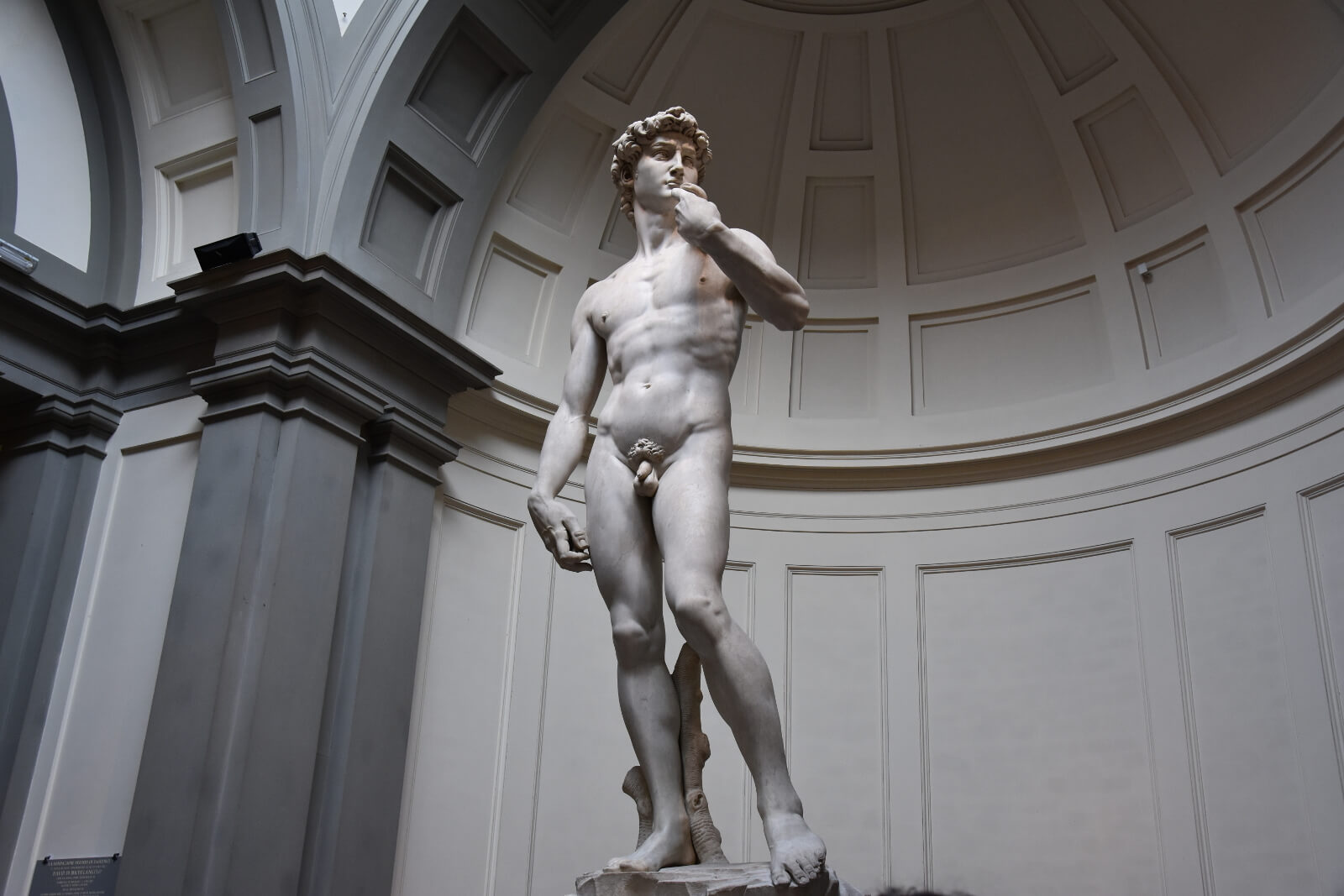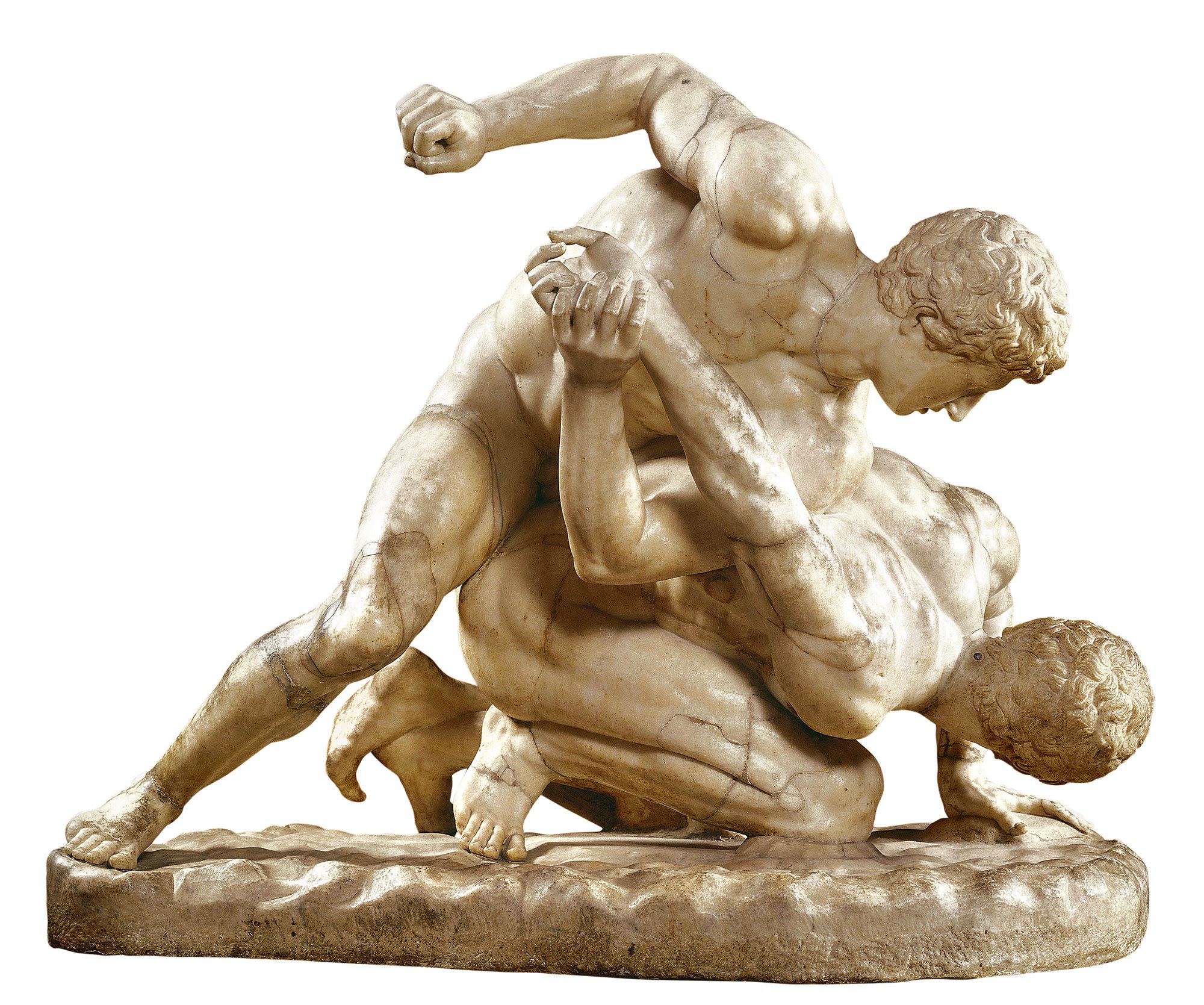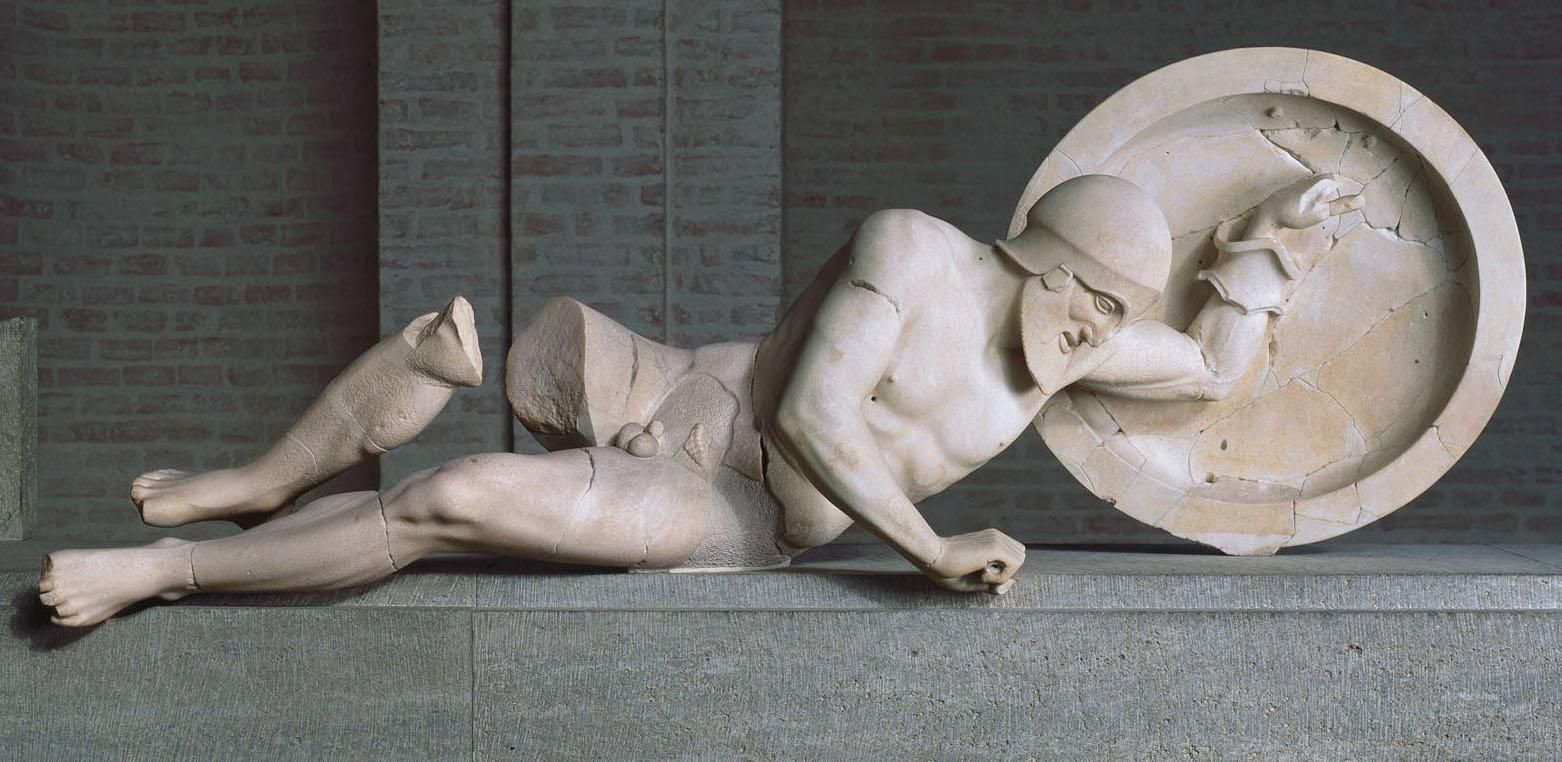









A Story

Excerpt from
The Rise and Fall of an Ancient Civilization
by
It was now that Hasdrubal’s nerve broke. Deserting his comrades and family, he secretly made his way down and surrendered to Scipio. The sight of their general grovelling in supplication at the feet of his Roman nemesis merely hardened the resolve of the remaining defenders to die a defiant death. Cursing Hasdrubal, they set fire to the building and died in the flames.
It would be Hasdrubal’s own wife, with her terrified children cowering at her side, who would deliver the final damning verdict on her disgraced husband: ‘Wretch,’ she exclaimed, ‘traitor, most effeminate of men, this fire will entomb me and my children. Will you, the leader of great Carthage, decorate a Roman triumph? Ah, what punishment will you not receive from him at whose feet you are now sitting.’ She then killed her children and flung their bodies into the fire, before throwing herself in after them. After 700 years of existence, Carthage was no more.
References
- Lion Hunt of Ashurbanipal, 645–635 BC
- Boxer at Rest, 330 BC
- Hercules and Nessus, 1599 AD
- Hercules fighting Achelous, 1824 AD
- Laocoon & Sons, 27 BC
- Michelangelo's David, 1504 AD
- Warrior at the Temple of Aphaia, 500 BC
- The Abduction of the Sabine Women, 1582 AD
- Hercules and Cacus
- The Farnese Bull, 222 BC
- The Sacrifice of Polyxena, 1865 AD
- The Ludovisi Gaul, 2 AD

